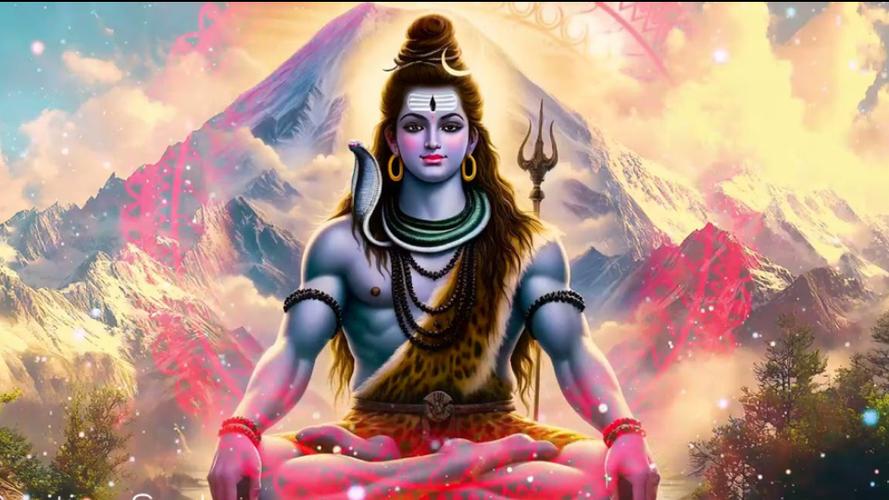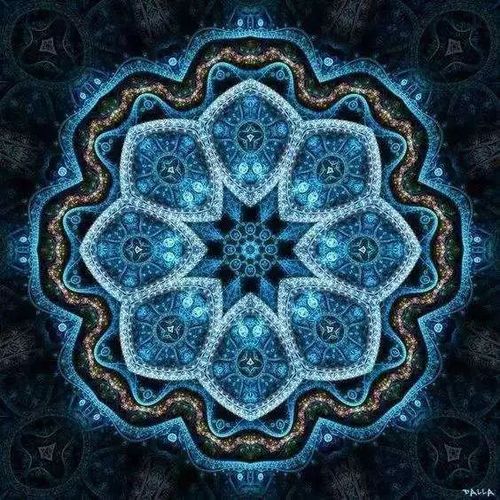Om Bhairavaya Namah: A Deep Dive into the Significance and Rituals
Om Bhairavaya Namah is a powerful mantra that holds immense significance in Hinduism. This article delves into the various dimensions of this mantra, exploring its origins, meanings, rituals, and its profound impact on the spiritual journey of devotees.
Origins and Historical Context
The mantra “Om Bhairavaya Namah” is associated with Lord Bhairava, one of the fierce manifestations of Lord Shiva. Bhairava is revered for his power, strength, and ability to conquer evil. The mantra is believed to invoke the blessings and protection of Bhairava, offering spiritual strength and inner peace to the devotees.

Historically, the worship of Bhairava dates back to ancient times. It is mentioned in various texts and scriptures, including the Tantras and Puranas. The mantra itself is believed to have originated from the ancient Tantric tradition, which emphasizes the importance of mantras and rituals for spiritual growth.
Meaning and Symbolism
The mantra “Om Bhairavaya Namah” consists of three parts: Om, Bhairava, and Namah. Let’s explore the meaning and symbolism of each part:
Om: Om is the universal sound that represents the ultimate reality. It is considered the first sound in the universe and is often chanted as an invocation to the divine. It signifies the unity of the individual soul with the universal consciousness.
Bhairava: Bhairava is the fierce form of Lord Shiva, representing his power and strength. The name “Bhairava” means “terrible” or “fearful,” indicating his ability to conquer fear and evil. Bhairava is often depicted with a fearsome appearance, but his true nature is compassionate and protective.

Namah: Namah is a respectful form of address, meaning “I bow to” or “I offer my obeisance to.” By chanting “Om Bhairavaya Namah,” the devotee acknowledges the divine presence of Bhairava and seeks his blessings and protection.
Rituals and Practices
Chanting the mantra “Om Bhairavaya Namah” is a common practice among devotees. Here are some rituals and practices associated with this mantra:
Mantra Chanting: Devotees often chant the mantra during meditation, prayer, or any spiritual practice. It is believed that the repetitive chanting of the mantra helps in focusing the mind, purifying the soul, and invoking the divine presence of Bhairava.
Worship Rituals: Devotees offer prayers, flowers, and incense to Bhairava, seeking his blessings. They may also perform aarti, a ritual involving the waving of lamps and offering prayers to the deity.
Yajnas and Homas: Some devotees perform yajnas (sacrificial rituals) and homas (fire rituals) dedicated to Bhairava. These rituals are believed to purify the soul and invoke the divine presence of the deity.
Impact on Spiritual Growth
The mantra “Om Bhairavaya Namah” has a profound impact on the spiritual growth of devotees. Here are some of the benefits:
Inner Peace: Chanting the mantra helps in calming the mind, reducing stress, and promoting inner peace. It creates a sense of tranquility and harmony within the individual.
Protection: The mantra is believed to offer protection against evil forces and negative energies. It helps in overcoming obstacles and challenges in life.
Strength and Resilience: Bhairava is associated with power and strength. Chanting the mantra helps in developing inner strength, resilience, and the ability to face life’s challenges with courage.
Connection with the Divine: The mantra serves as a bridge between the individual soul and the divine presence of Bhairava. It fosters a deep connection with the divine, leading to spiritual growth and enlightenment.
Conclusion
“Om Bhairavaya Namah” is a powerful mantra that holds immense significance in Hinduism. Its origins, meanings, rituals, and impact on spiritual growth make it a valuable tool for devotees seeking inner peace




